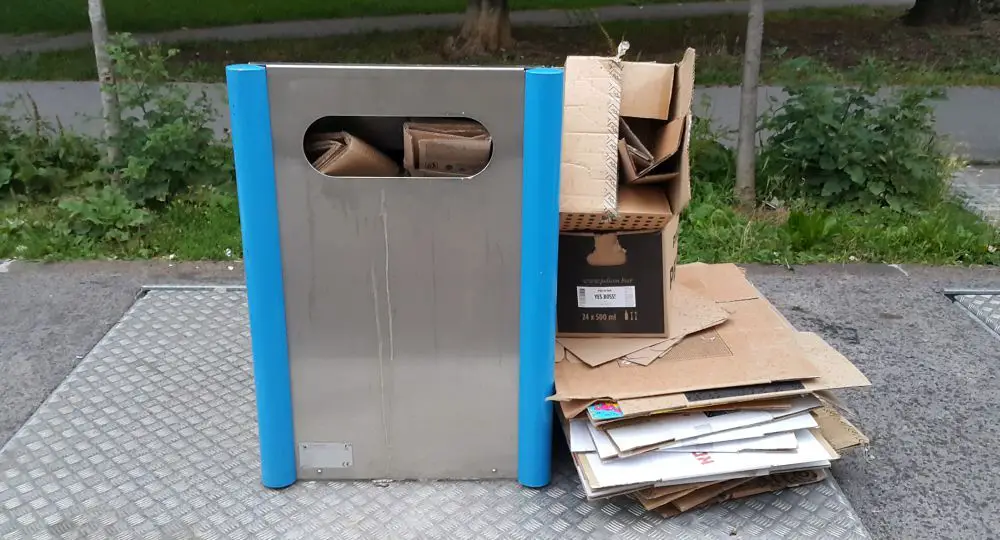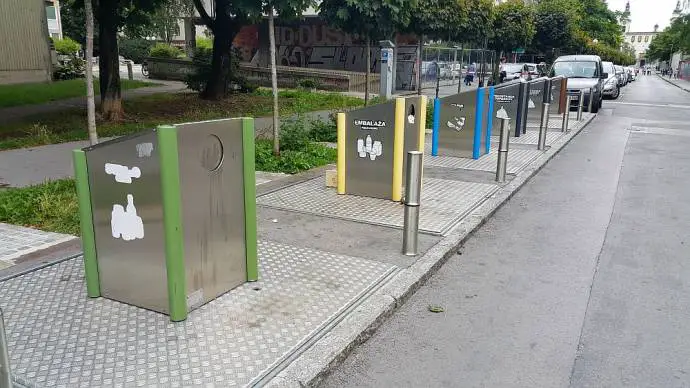July 6, 2018
In 2008 Ljubljana got its first underground trash container, and currently one can find 65 such collection points in the city. With the replacement of conventional trash containers with the underground ones the city hoped to gain some additional public space, cleared the surface of unpleasant smells and sights, and increased the traffic safety in the city centre.
Of course, the aforementioned goals can only be reached if the users of the underground containers follow certain rules on how the trash is supposed to be divided and disposed of, and knowing the fines for inappropriate waste disposal can also be helpful in keeping the city clean as well.
Emptying of an underground trash container by SNAGA
Sorting of waste
There are five types of underground trash bins at the underground trash collection sites in Ljubljana: glass (green), packaging (yellow), paper (blue), residual waste (black) and organic waste (brown).
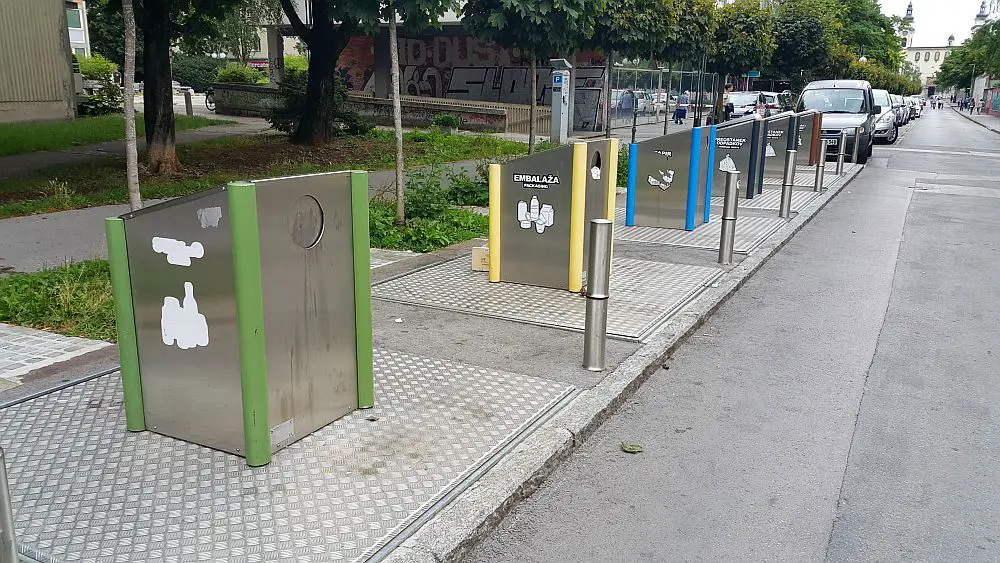
Glass, packaging and paper recycling bins are for anyone to use and have side openings where bottles, plastic and paper can be inserted.
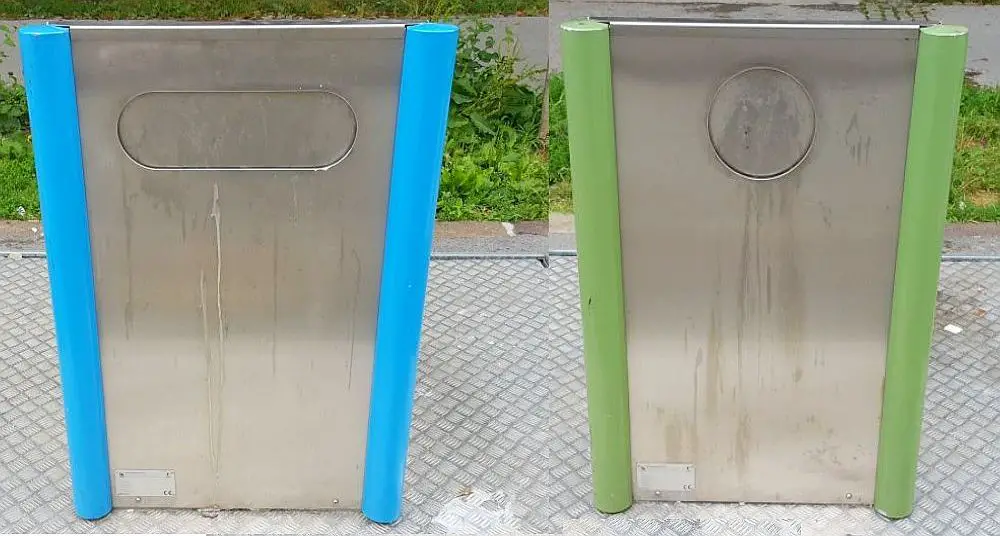
Organic and residual waste bins are meant to be used by residents, who also have to pay for the waste management service of SNAGA.

The covers of these two kinds of bins can only be opened by a special identification card every resident should have in order to dispose of their waste legally by the use of SNAGA services.
How to get a SNAGA card
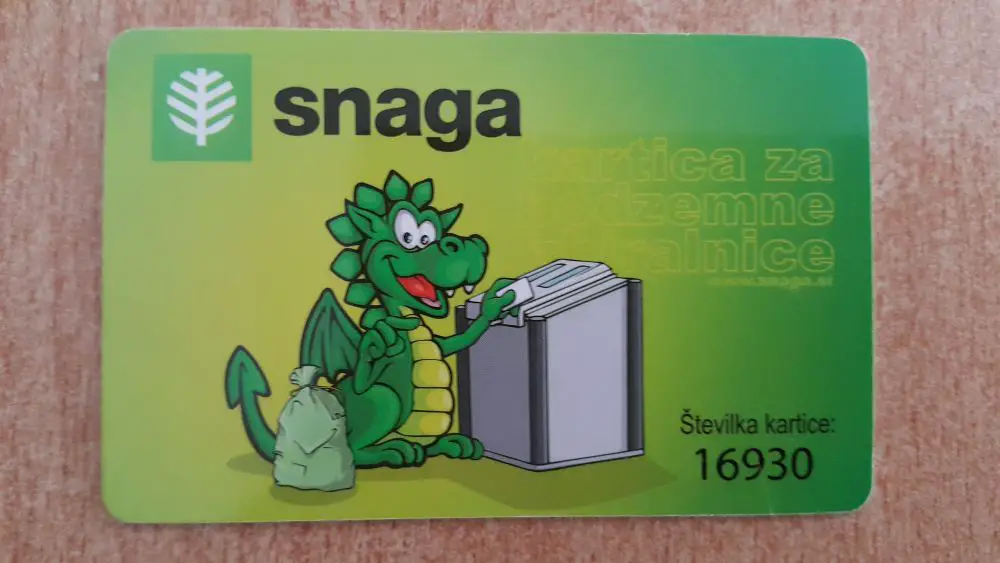
To get the card call 080 98 82, send an e-mail to This email address is being protected from spambots. You need JavaScript enabled to view it. or visit SNAGA headquarters at Povšetova ulica 6 on a Tuesday, between 12:00 and 16:00. The same number and e-mail are to be contacted if a lost or damaged card needs to be replaced. We lost it once, and a new one arrived in three days.
Once you get the card, place it on the top of the sign next to the cover of the bin you want to use and remove it when the sign changes to “remove the card”. Then the lid will open and you can place your bags inside. When you close the lid again, the floor under your bag will open and your trash will fall underground.
What goes where
This part also applies to conventional containers.
Green containers are for glass. It is OK to throw in empty bottles and jars of all kinds. Caps and lids however, go into the packaging container, corks into residual waste.
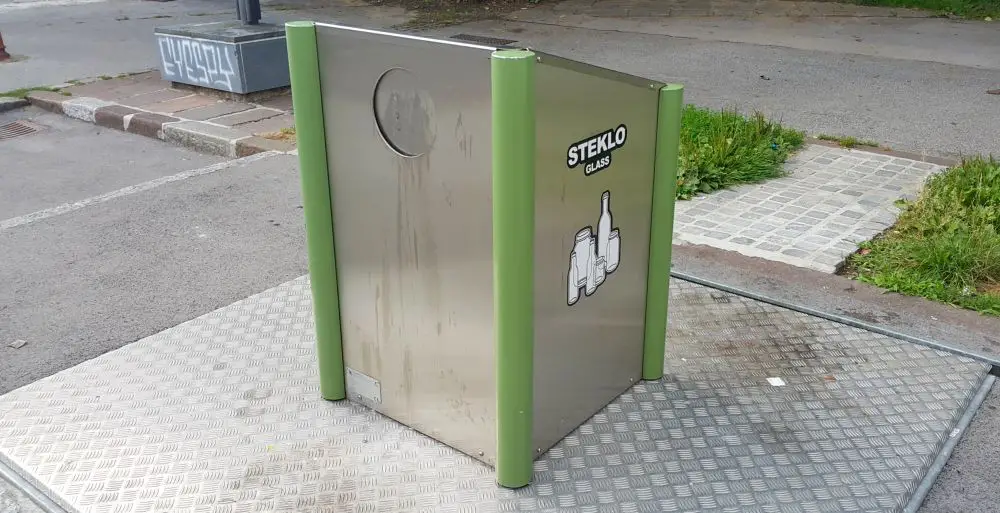
Do NOT throw into this container bulbs and pipes of any kind, mirrors, window glass, porcelain, ceramics, carbon or plexiglass.
Yellow containers are for packaging. In here go plastic bottles and cans, packages for milk and juices, detergent bottles, plastic bags and yogurt pots, packaging for shampoo, toothpaste and liquid soap, plastic wrapping, aluminium foil and styrofoam.
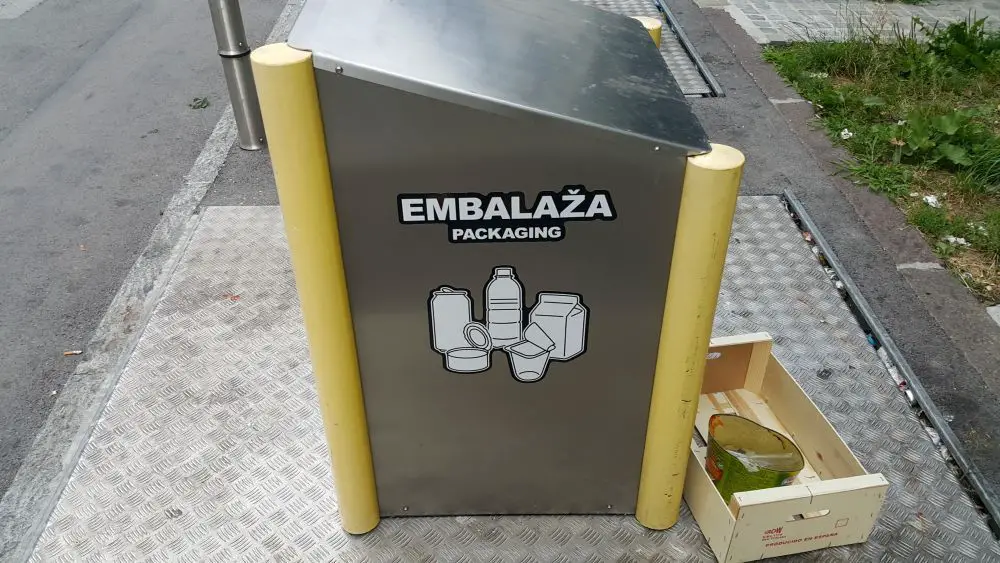
Do NOT throw into this container any packaging of hazardous substances or their residues (engine and other kinds of mineral oils, pesticides, paint, varnishes, etc.), cellophane, CDs, DVDs and records, big plastic pieces such as broken chair legs, carpets and toys.
The packaging must be emptied and flattened so that it takes as little space as possible. Any lids and tops must be removed.
Blue containers are for newspapers, magazines, notebooks, books, prospectuses, catalogues, envelopes, office and wrapping paper, paper shopping bags, cardboard packaging and cardboard.
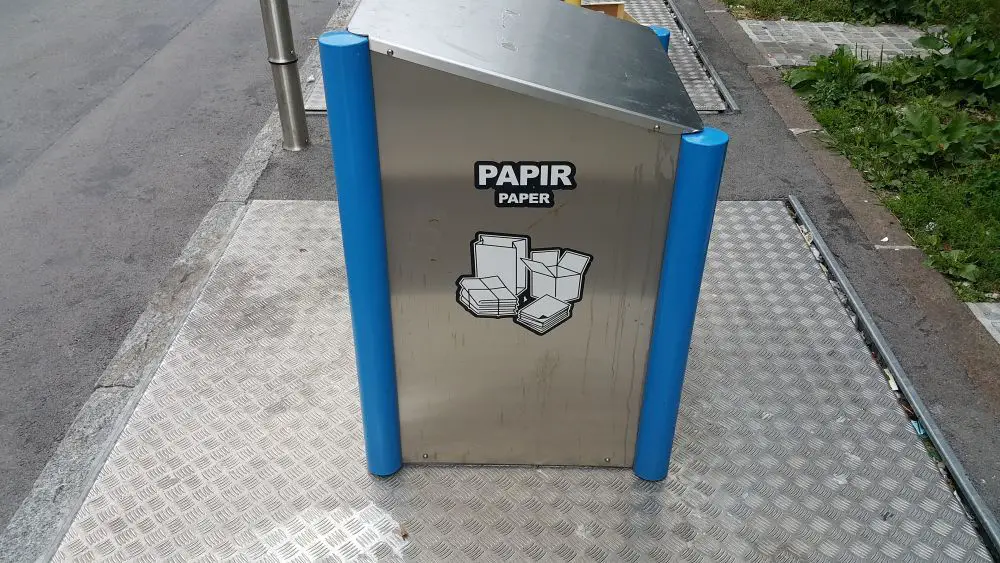
Things that don’t belong into the blue container are Tetrapacks (which belong to the packaging containers), waxed or coated paper, wallpaper and cellophane, cigarette packages, food or food packaging paper and paperboard (goes to the residual waste box), paper towels, napkins and wipes (belongs to the organic waste). We tear the cardboard boxes down and fold them so that they take the least space possible. Adhesive tape should also be removed.
Brown containers are for organic waste. These include vegetable and fruit waste of all kinds, egg shells, coffee grounds, filter bags, food leftovers, paper towels, napkins and wipes, grass and leaves, humus, plants, flowers and weeds, etc.
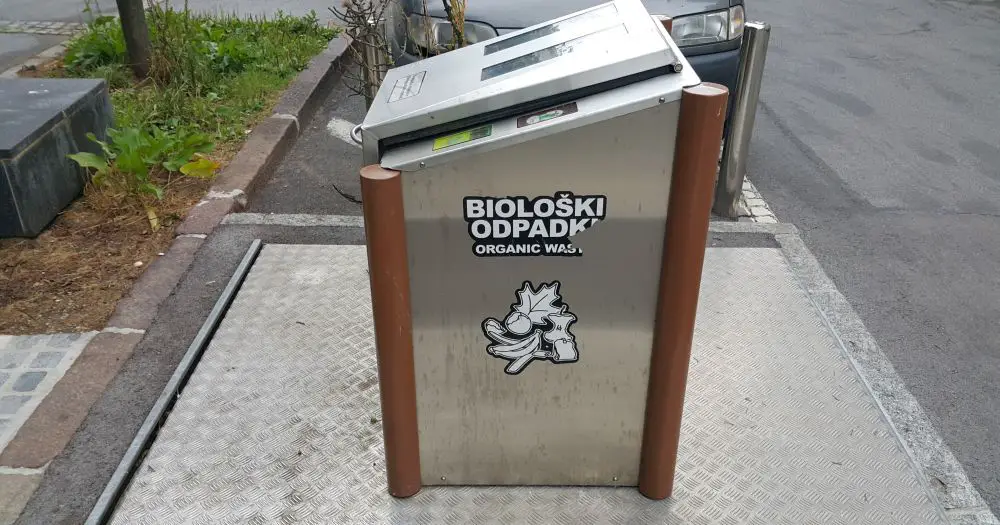
Things NOT belonging to the organic bin are cigarette buds, bones, diapers, cat sand, leather, cork, dead animals and used cooking oils and medicine (both dangerous waste).
Black containers are for residual waste. Here we gather diapers, sanitary pads, cat sand, textiles, leather, films, photos, cassettes, corks, ceramics, classic bulbs, ear buds and condoms.
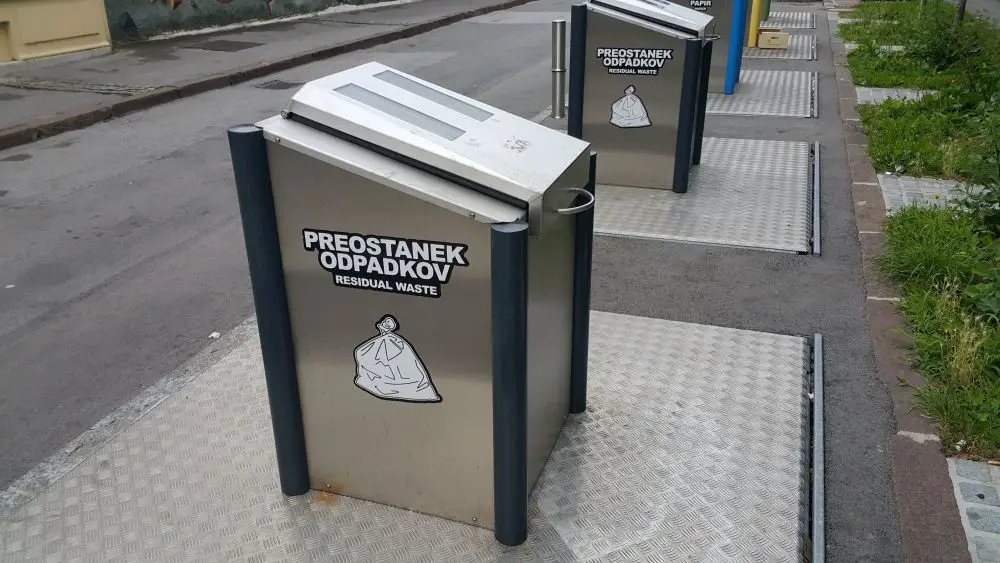
Special removal of larger pieces including furniture, mattresses, etc. is available once a year free of charge for all SNAGA customers. You can find the application here.
All other waste, dangerous waste, washing machines, computers, various metals and varnishes or just large amounts of cardboard should be taken to the SNAGA waste gathering point Povšetova 2 in Ljubljana from Tuesday to Saturday between 11:00 and 18:00.
Fines
SNAGA card holders pay a fixed monthly fee (about 8.50 euros) that only allows a fixed number of disposals, and every additional disposal is extra charged.
However, with booming tourism comes the incentive to lower the cost of business by passing part of it on someone else. In proper economic lingua, this is called “externalities”, the cost of production that managed to escape the final price of the service or a product, the main source of poverty and polution. But people who do this should be careful, as if you get caught dropping the wrong trash into the wrong bin, or if you leave trash by the side of an underground unit, you can get a 200-800 euro fine that can get much higher for businesses or if dangerous waste is being dumped in this way.
